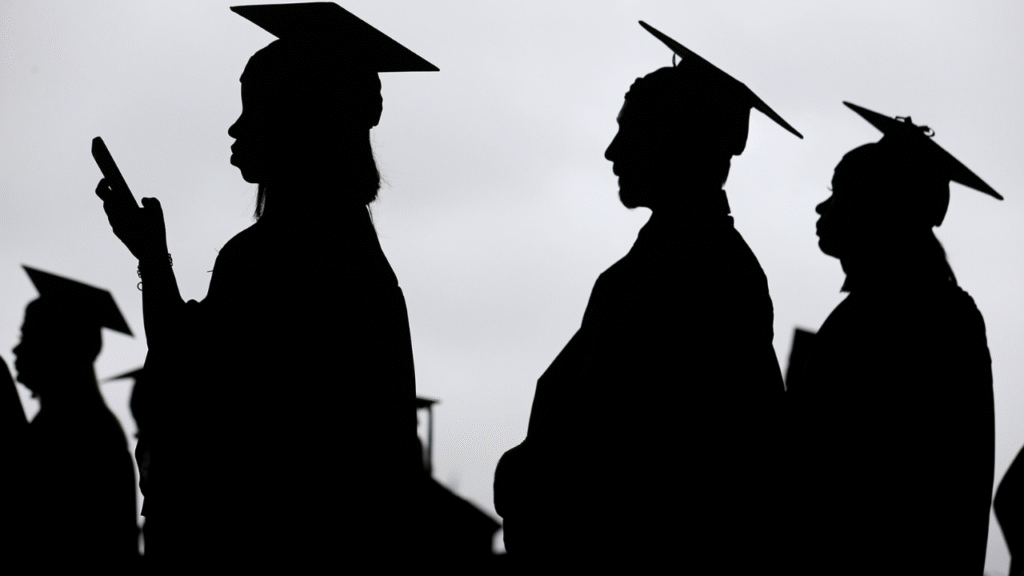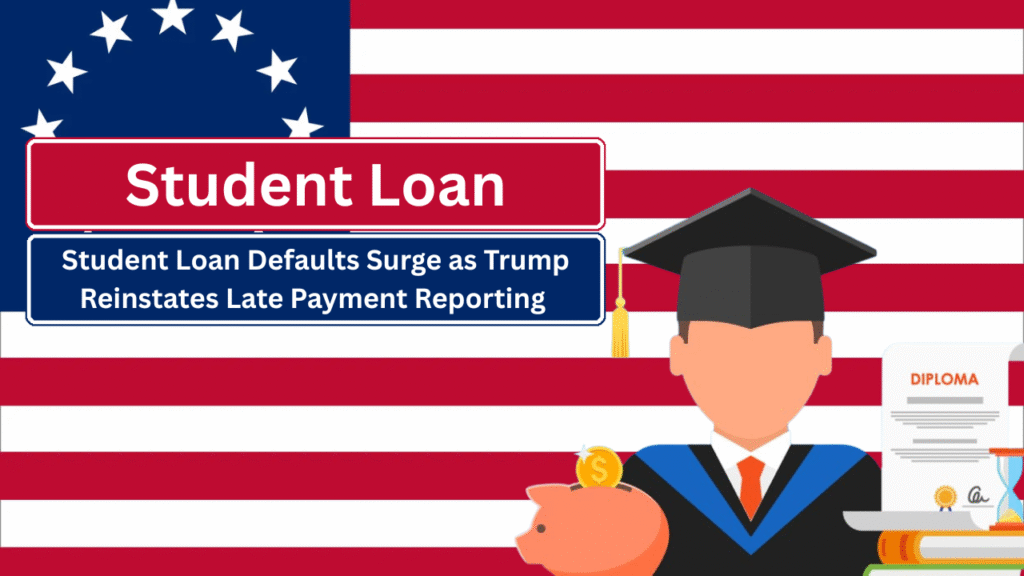In a significant policy shift, the Trump administration has resumed collections on defaulted federal student loans, ending protections implemented during the COVID-19 pandemic. This move has led to a sharp increase in student loan defaults, with Black borrowers disproportionately affected.
End of Pandemic-Era Protections
During the COVID-19 pandemic, the federal government paused student loan payments and collections to provide relief to borrowers facing economic hardships. This pause was extended multiple times, with the final grace period concluding on May 5, 2025. As a result, the Department of Education has resumed reporting delinquencies to credit agencies and reinstated involuntary collection methods, including wage garnishments and tax refund seizures.
Approximately 5 million borrowers are currently in default, and an additional 4 million are at risk of defaulting without timely action. The resumption of collections is expected to exacerbate financial strain among these individuals, particularly those from marginalized communities.
Disproportionate Impact on Black Borrowers

Black borrowers are experiencing the most significant impact from the resumption of student loan collections. According to the Education Data Initiative, Black college graduates owe an average of $25,000 more than their white counterparts. Four years after graduation, Black students owe an average of 188% more in student loan debt than white graduates.
Furthermore, half of all Black student loan borrowers report that their student loan debt exceeds their net worth, highlighting the systemic financial disparities faced by this group. These disparities are compounded by challenges such as lower household incomes, employment instability, and limited access to wealth-building opportunities.
Resumption of Involuntary Collections
With the end of the payment pause, the government has reinstated involuntary collection methods for defaulted loans. These include wage garnishments, tax refund seizures, and reductions in Social Security benefits. Notably, the protected amount of Social Security benefits has been reduced to $750 monthly, significantly lower than the $1,883 floor set by the previous administration.
Critics argue that this reduction fails to accommodate current economic realities and may push vulnerable populations, such as seniors and the disabled, further into financial hardship. Advocates emphasize the need for policies that consider the socioeconomic conditions of borrowers and provide equitable relief options.
Challenges in Loan Servicing and Repayment
The resumption of student loan payments has also highlighted issues within the loan servicing system. Borrowers have reported long hold times when contacting loan servicers, delays in application processing for income-driven repayment plans, and inaccurate billing statements.
These challenges hinder borrowers’ ability to manage their loans effectively and may contribute to increased defaults. The Consumer Financial Protection Bureau (CFPB) has emphasized the need for loan servicers to provide accurate information and timely assistance to borrowers navigating the repayment process.
Economic Implications
The surge in student loan defaults and the resumption of collections are expected to have broader economic consequences. Consumer spending, which accounts for approximately 70% of the U.S. GDP, may be constrained as borrowers allocate more of their income to loan repayments.
Additionally, the financial strain on borrowers could lead to increased demand for social safety net programs and impact overall economic growth. Policymakers and economists are closely monitoring these developments to assess their long-term effects on the economy.
Resources for Borrowers
Borrowers facing challenges with student loan repayments have several options available:
- Income-Driven Repayment Plans: These plans adjust monthly payments based on income and family size. More information is available on the Federal Student Aid website at studentaid.gov.
- Loan Rehabilitation and Consolidation: Borrowers in default can explore rehabilitation or consolidation options to regain good standing. Details are available at studentaid.gov.
- Consumer Financial Protection Bureau (CFPB): The CFPB provides resources and assistance for borrowers dealing with loan servicers. Visit consumerfinance.gov for support.
It’s crucial for borrowers to stay informed about their options and seek assistance promptly to avoid further financial difficulties.
As the landscape of student loan repayment continues to evolve, the disproportionate impact on Black borrowers underscores the need for comprehensive reforms that address systemic inequalities and provide equitable support for all borrowers.




